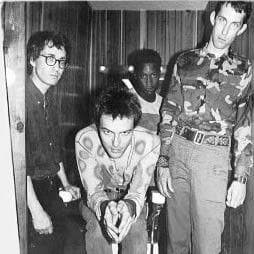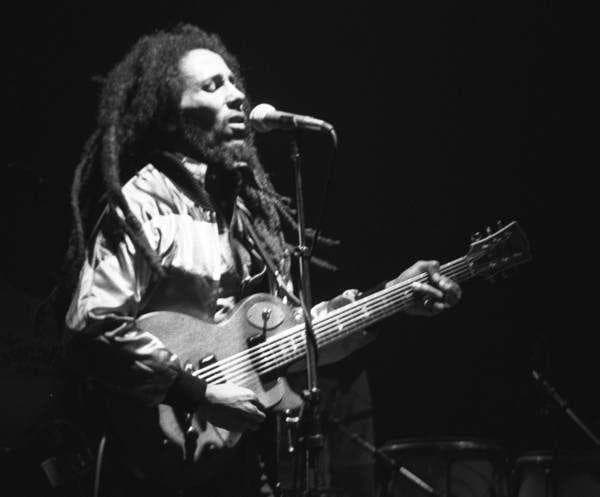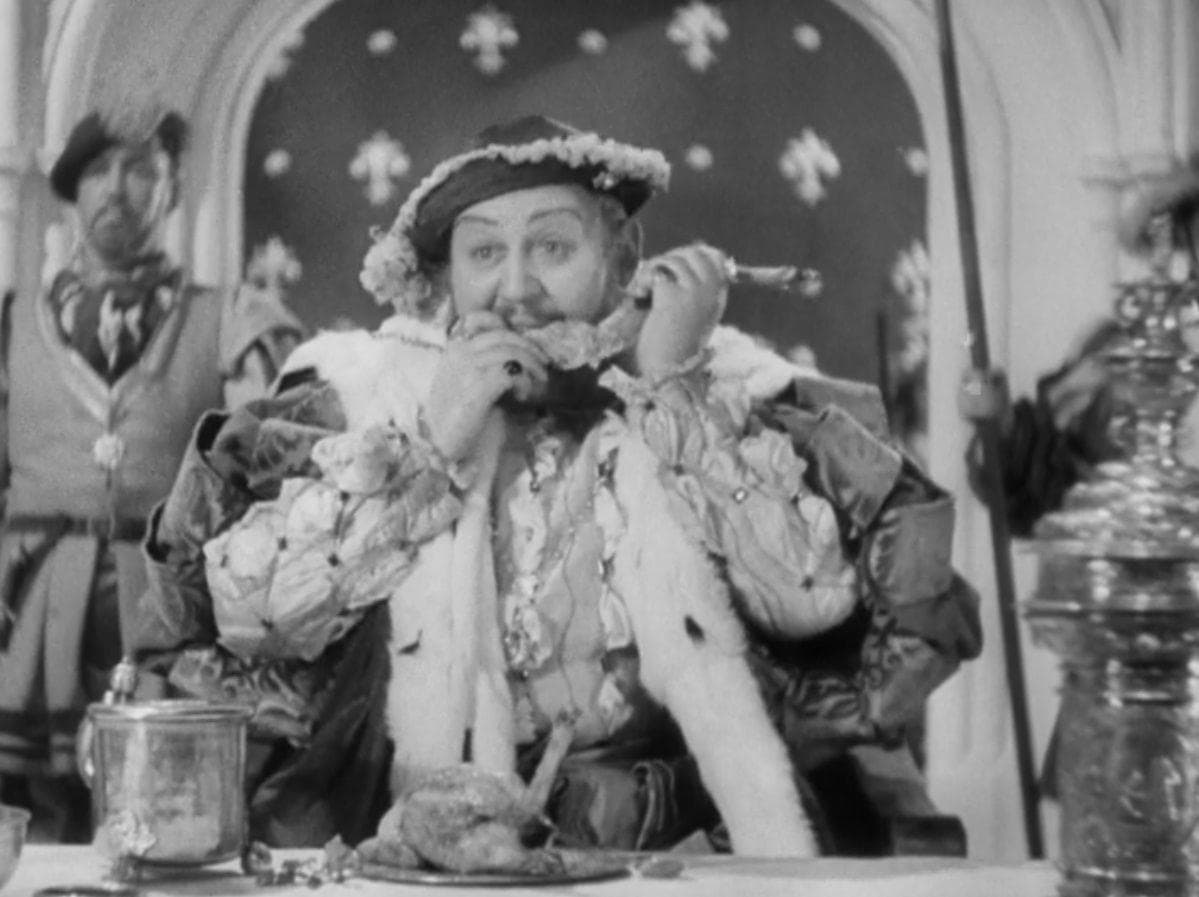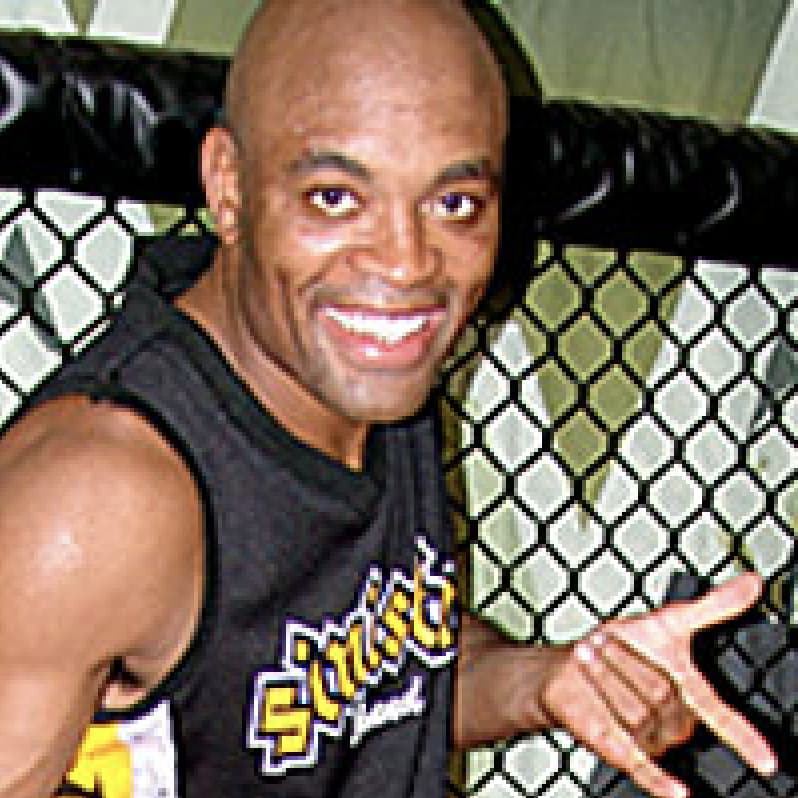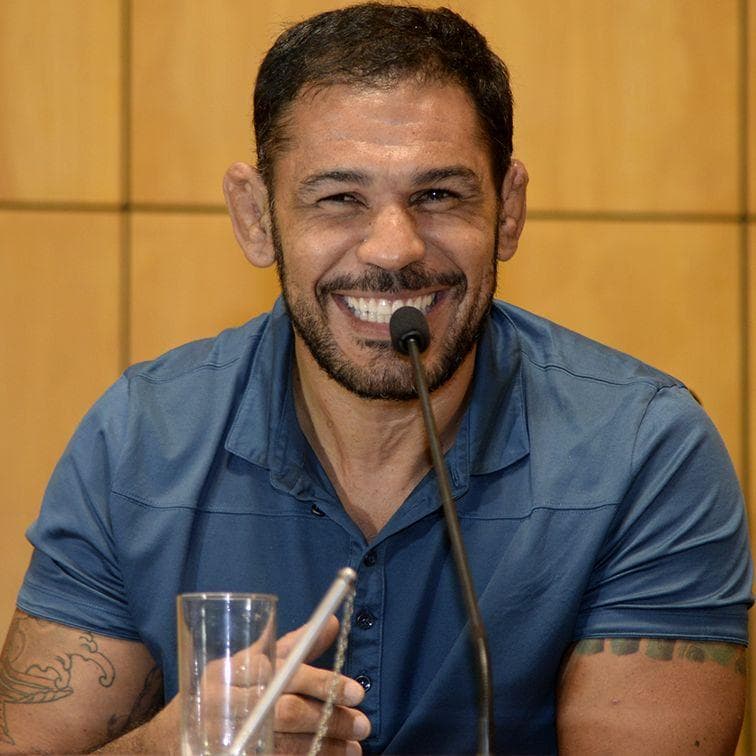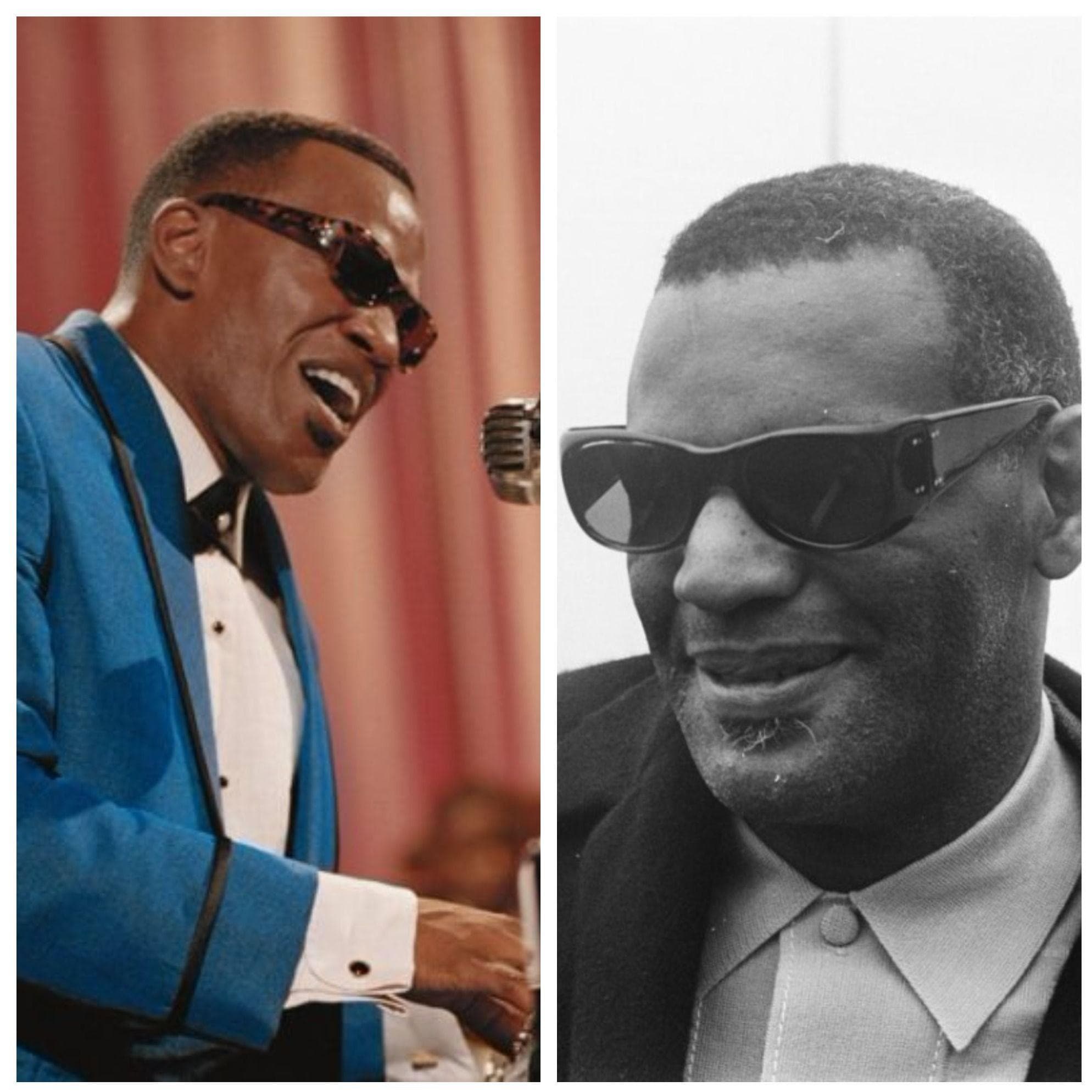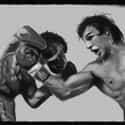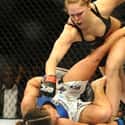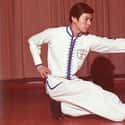-
(#3) Kim Duk-koo vs. Ray 'Boom Boom' Mancini
With tragedy comes change. At the end of the 13th round of this fatal battle in 1982, Kim Duk-koo's coach, Kim Yoon-Gu, encouraged Duk-koo to finish off his exhausted opponent, Ray "Boom Boom" Macini. "He clenched his teeth, nodded and said ‘Yes, I’ll do that,'" Kim recalled. "And that was it. That was the last thing he ever said.”
Once the 14th round began, Mancini pummeled Duk-koo with a straight right that dropped Duk-koo straight to the ground. He was taken out by a stretcher and rushed to the hospital where he underwent emergency brain surgery. He died four days later. Duk-koo's mother and referee Richard Green committed suicide in wake of the tragedy, too.
After the match, the eight-count rule was introduced, match length was reduced from 15 to 12 rounds, and updated medical tests became required of boxers before each fight.
-
(#5) Ronda Rousey vs. Liz Carmouche
Dana White, president of Ultimate Fighting Championship once said women will never fight in the UFC, and boy was he wrong. The fight between Ronda Rousey and Liz Carmouche marks the beginning of women in professional MMA.
Sure, women trained in martial arts for decades prior. Karyn Turner, for example, was known as the Queen of Kata and dubbed "the most outstanding woman in the history of martial arts” by Black Belt Magazine in 1978. But kata and kumite are very different; kata has no contact with an opponent.
Rousey closed the distance early by leading with her left jab. Putting pressure on Carmouche straight away set the tone of the fight, which Rousey eventually won. Carmouche responded with an ill-position facehold that Rousey easily shook off.
"The fight was fast-paced, technical, and had the sold-out arena on their feet," reported AshleyRose Sullivan. "Rousey and Carmouche had ushered in a new era of women’s mixed martial arts—one where they would finally be taken seriously as athletes and competitors."
-
(#2) Rick Roufus vs. Changpuek Kiatsongrit
Known as the "Legendary Fight that Changed History," this battle introduced signature low-kicks of Muay Thai into American kickboxing, completely altering footwork patterns. American kickboxer Rick Roufus challenged Muay Thai fighter Chapuek Kiatsongrit to a non-title fight which took place in Vegas in 1988. Before this time, few fighters and martial artists paid much heed to the Muay Thai style.
To win, Kiatsongrit took out Roufus's biggest advantage: his footwork. Low blows to the legs slowly breakdown the fighter from the ground up. In their eventual battle, this caught Roufus off guard.
"The beauty of choosing a 'low-kick game plan' against a movement-based fighter [like Roufus]," explained Lawrence Kenshin, "is that it gradually adds up and slows down the fighter by taking away the most valuable asset: explosive footwork."
Not only that, low kicks also take away an opponent's ability to throw a forceful punch since power is generated from the ground up. Good fighters lead with their strongest leg in back as this allows the hips to twist into a more powerful impact. The power generated from the floor flows into the fighter's arm to give the punch its zing. So when Roufus throws a reverse punch while snapping back his round kick, he breaks Kiatsongrit's jaw early on in the fight.
"I didn't even know there was supposed to be leg kicks," Roufus told Black Belt Magazine. "It was a fiasco. But a lot was learned. There I was after the fight lying in a hospital bed going 'Oh God, why'd I do this?' My legs were purple. I was on crutches. That's OK: I got some personal satisfaction because Kiatsongrit was lying next me... with his jaw broken."
Despite the loss, Roufus and his brother decided to learn from the technique that defeated him in the first place. In fact, Duke Roufus is now one of the top Muay Thai trainers outside his home country.
-
(#4) Royce Gracie vs. Ken Shamrock UFC 1
This 1992 battle brought Brazilian Jiu-Jitsu to the rings of Ultimate Fighting Championships and changed the way MMA athletes approach take-downs.
This fight lasted only 57 seconds, ending once Gracie immediately took out Shamrock's legs."He got me in a chokehold," Shamrock said after the fight. "I was trying to go for a leg. I forgot to guard my neck."
"Royce won the first six editions of the championship, and from then on, Brazilian jiu-jitsu became well known in the United States," explains Lindenberg Junior. "In the Gracie method, the fighter takes the fight to the ground, with the intent to paralyze the adversary through fast repetitive movements... this change is huge and is widely recognized in the combat arena."
-
(#1) Bruce Lee vs. Wong Jack Man
One of the most iconic Bruce Lee battles, his stand-off with Wong Jack Man not only proved Lee's prowess as a street-fighter turned martial artist, but also paved the way for current MMA standards.
"Prior to Bruce coming to this country, Gung Fu was alive...but there was nothing taught to outsiders," explains Taky Kimura, one of Lee's top-ranked students. "[Bruce] chose to let anybody into his school regardless of what color or race they were as long as he knew what was in their heart was good and positive."
Rumors surrounding the fight included Lee shoving Wong's head through a wall, a twenty minute battle where both sides conceded, and a loaded pistol held by James Lee (Lee's business partner) - just in case. While the last bit was true (James Lee did have a gun), the notion of Lee fighting for the right to teach the white man is not true. In fact, some reports say Wong Jack Man was actually tricked into fighting Bruce - which makes sense since Wong was brand new to the area.
Bruce Lee did win the fight, and this win went down into the books not because he won the right to teach who he wanted, but because he broke the barriers of style.
"I do not believe in style," Lee said. "I do not believe there is a Chinese way of fighting or a Japanese way of fighting. As humans, we would only have a different way of fighting if we had three arms and four legs."
New Random Displays Display All By Ranking
About This Tool
All martial arts training is aimed at shaping a complete person, which is Bruce Lee's spiritual heritage. Neither boxers, wrestlers nor anyone who has learned combat sports can clearly see the purpose of a fight. When a fighter cannot fully express himself, but repeatedly practice routines, he will be like a clumsy robot, unable to adapt flexibly in combat. Many great fighters in history have made brilliant achievements and are still active in the world's popular culture for many years.
The random tool lists 5 famous fighters in history who have changed the way people understand and practice martial arts today. For example, the martial arts craze initiated by Bruce Lee did not disappear with his death but instead became a unique symbol of Chinese culture.
Our data comes from Ranker, If you want to participate in the ranking of items displayed on this page, please click here.




